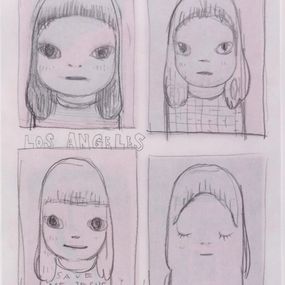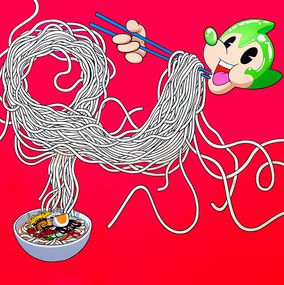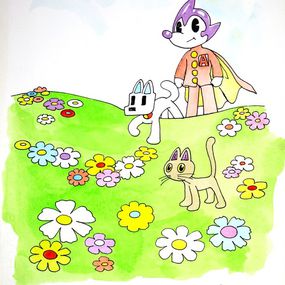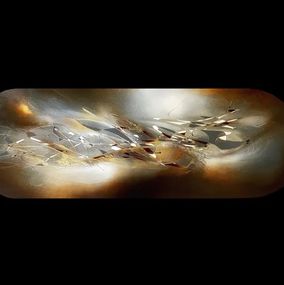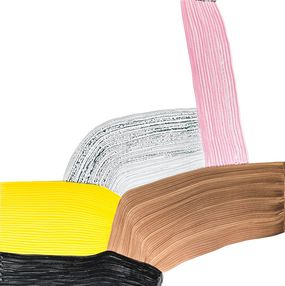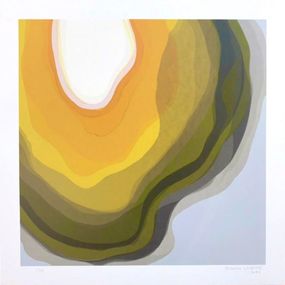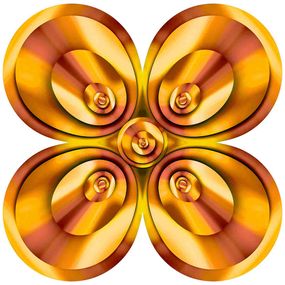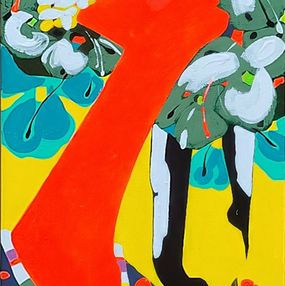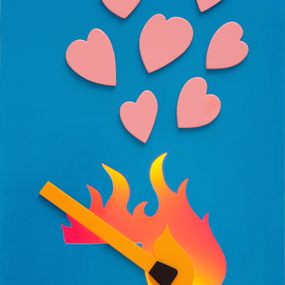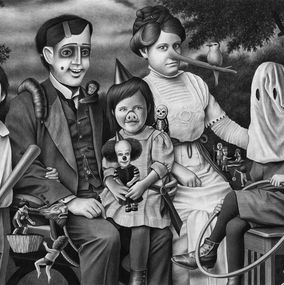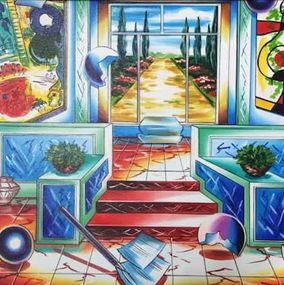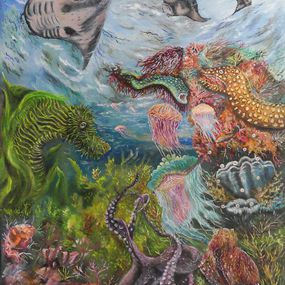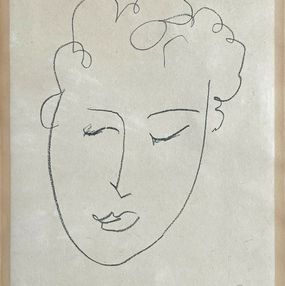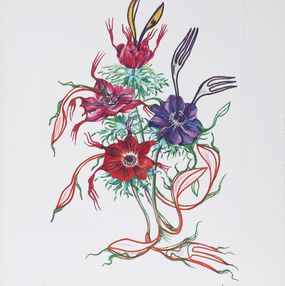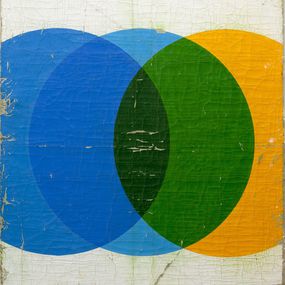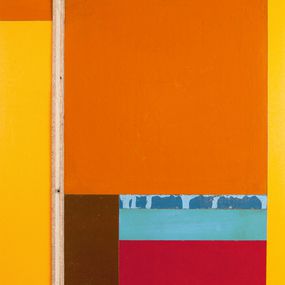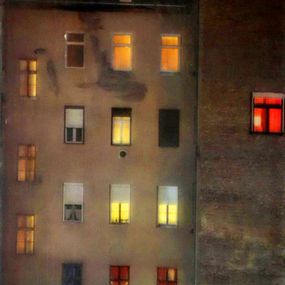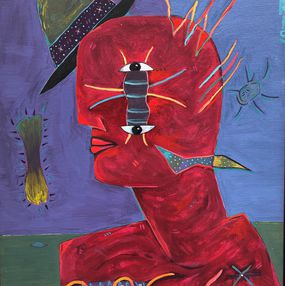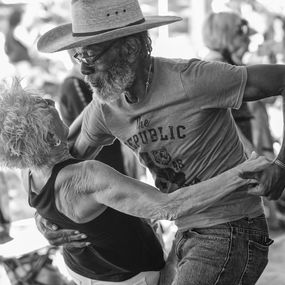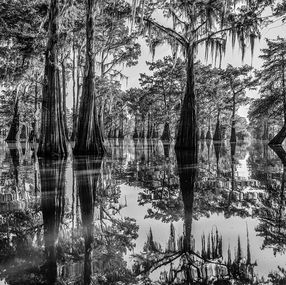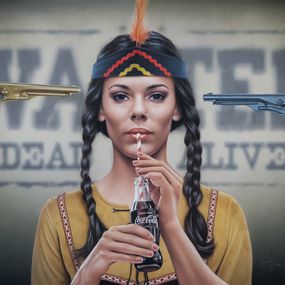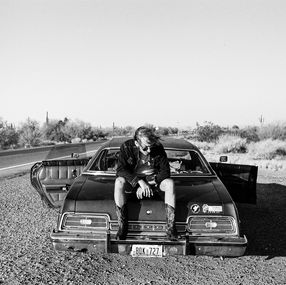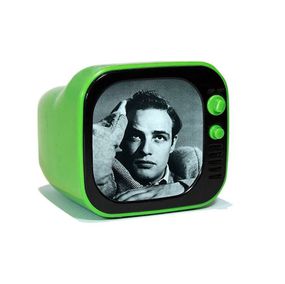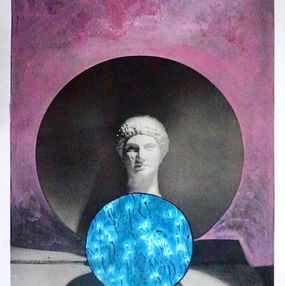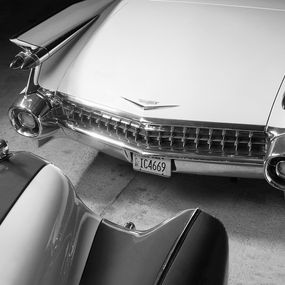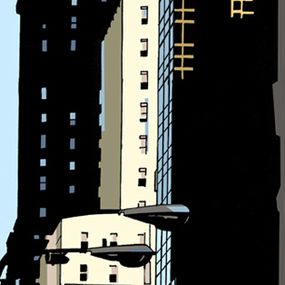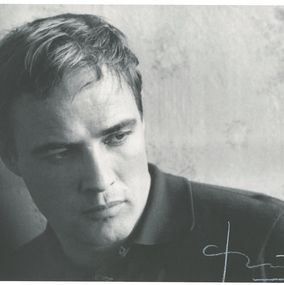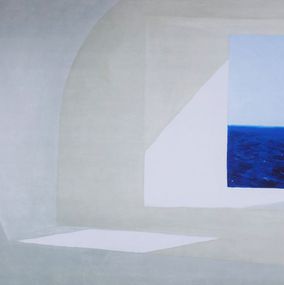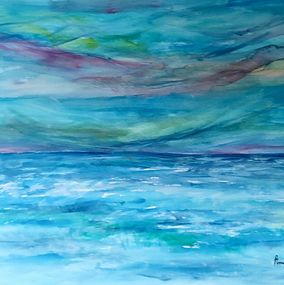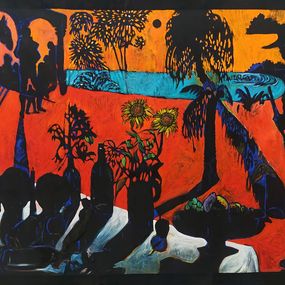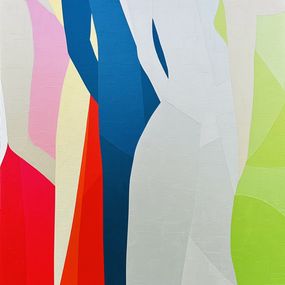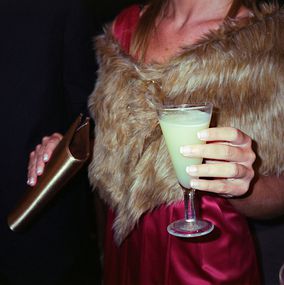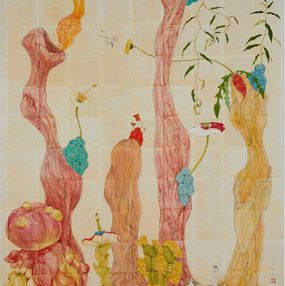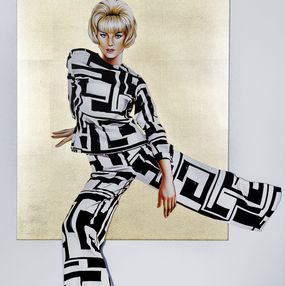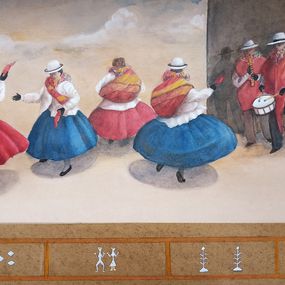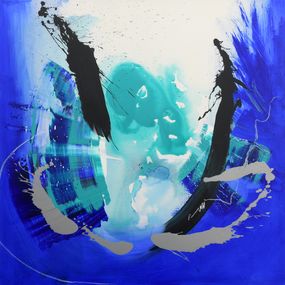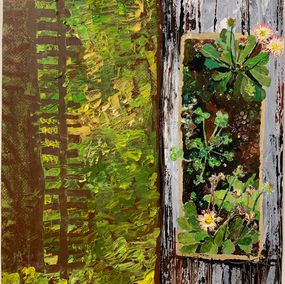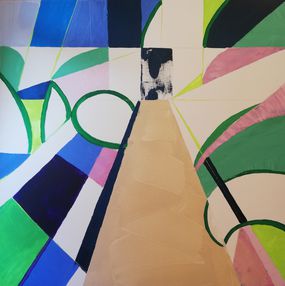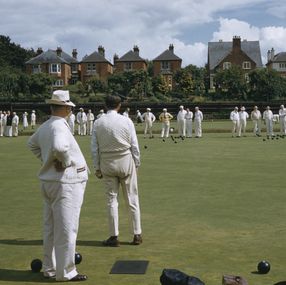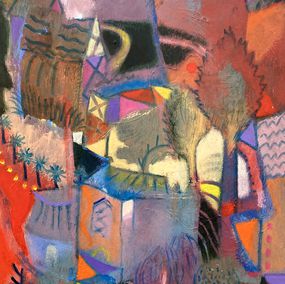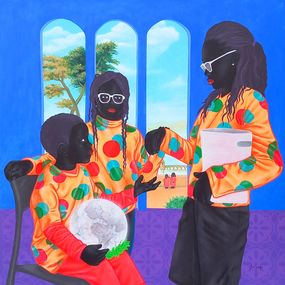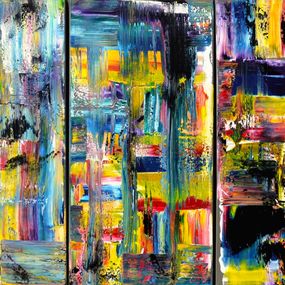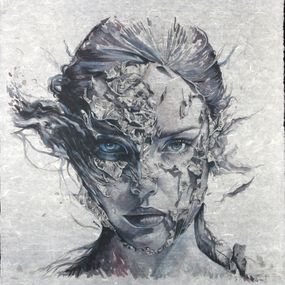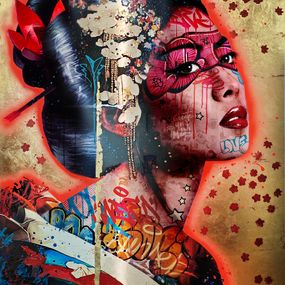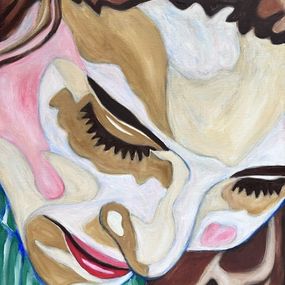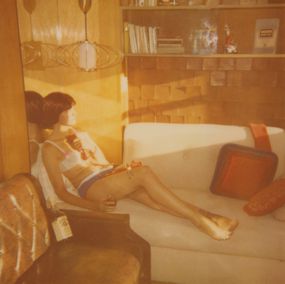
Every single incident weighs tons (The Girl behind the White Picket Fence)
Stefanie Schneider
Photography - 20 x 20 x 0.1 cm Photography - 7.9 x 7.9 x 0 inch
$609
Photography : C-print, Polaroid 126 x 166 x 0.1 cm 49.6 x 65.4 x 0 inch
Free returns within 14 days
Authenticity guaranteed
Learn moreNumbered and limited to 3 copies
1 copy available
Signed artwork
Sold with certificate of Authenticity from the artist
Invoice from the gallery
Photography: C-print, Polaroid
126 x 166 x 0.1 cm 49.6 x 65.4 x 0 inch Height x Width x Depth
Silver wood aluminium mounted
126 x 166 x 2 cm 49.6 x 65.4 x 0.8 inch
Artwork sold in perfect condition
Artwork location: United States
About the seller
Professional art gallery • United States
Artsper seller since 2019
Vetted Seller
This seller rewards your purchases of multiple artworks
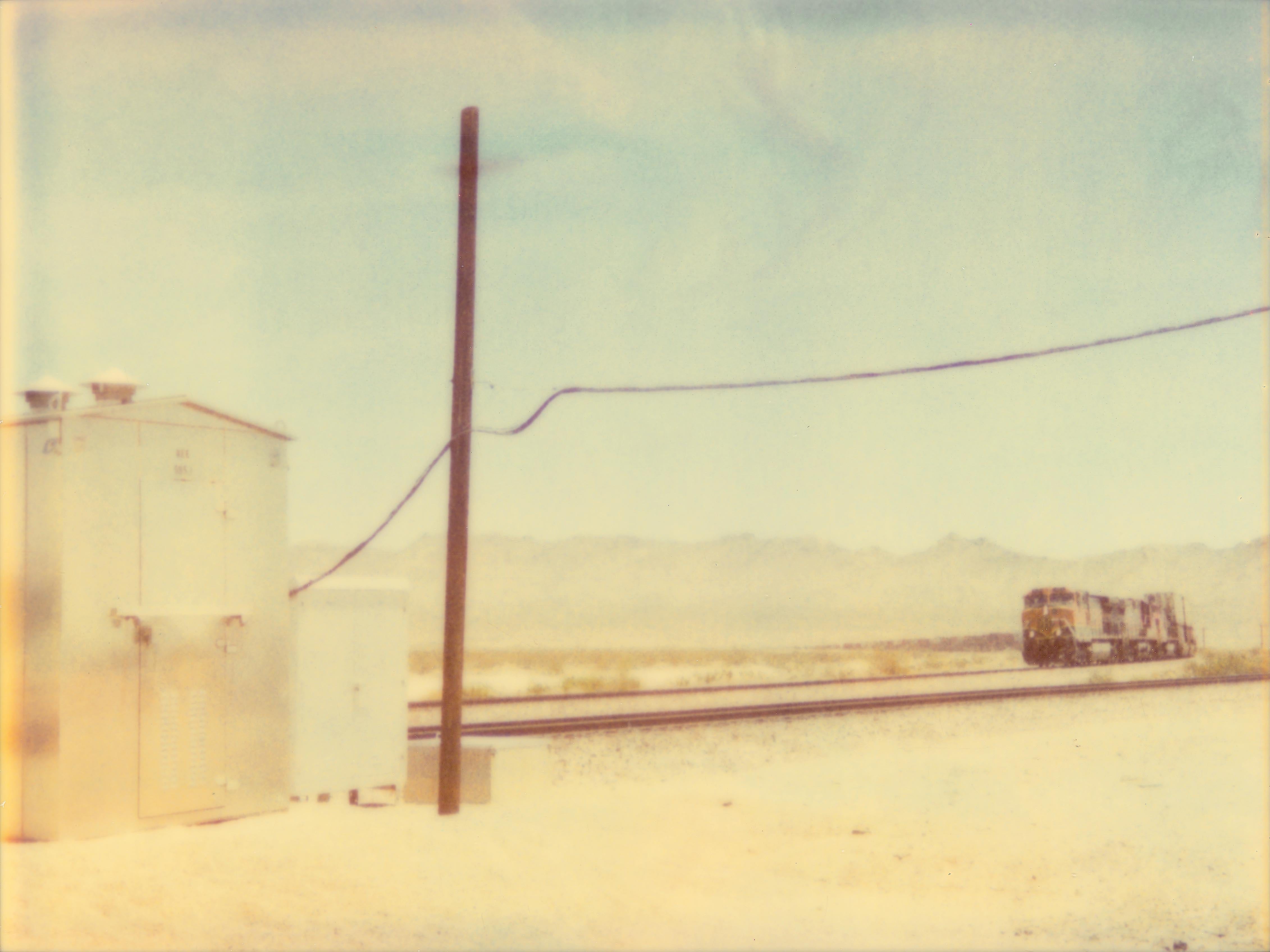

Photography - 20 x 20 x 0.1 cm Photography - 7.9 x 7.9 x 0 inch
$609
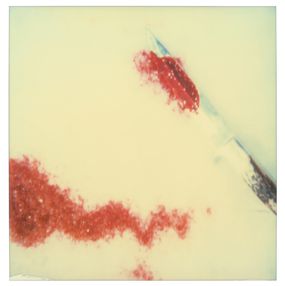
Photography - 128 x 125 x 0.1 cm Photography - 50.4 x 49.2 x 0 inch
$775

Photography - 38 x 36 x 0.1 cm Photography - 15 x 14.2 x 0 inch
$664
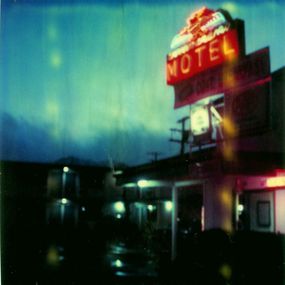
Photography - 57 x 56 x 0.1 cm Photography - 22.4 x 22 x 0 inch
$2,213
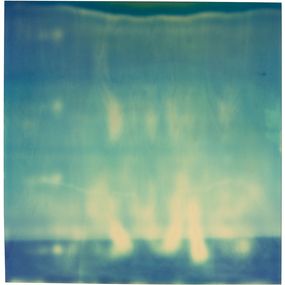
Photography - 48 x 47 x 0.1 cm Photography - 18.9 x 18.5 x 0 inch
$885

Photography - 60 x 59 x 0.1 cm Photography - 23.6 x 23.2 x 0 inch
$2,213

Photography - 38 x 50 x 1 cm Photography - 15 x 19.7 x 0.4 inch
$775

Photography - 60 x 50 x 0.1 cm Photography - 23.6 x 19.7 x 0 inch
$2,213

Stefanie Schneider (1968) is a German photographer living in Berlin and Los Angeles. Schneider's photographs exhibit the appearance of expired Polaroid instant film, with its chemical mutations. It has been released in books and exhibition catalogs, and in her own feature film 29 Palms, CA (2014). Her work has also been used as the cover art for music by Red Hot Chili Peppers and Cyndi Lauper, and in the film Stay (2005).
Schneider's preferred choice of location is the American West (especially Twentynine Palms, California, which served as location and title to one of her books), and the mounting of sequential images in a panel, the photographs evoke the impression of faded dreamy film stills. She holds an MFA in photography from the Folkwang Hochschule in Essen, Germany.
Schneider completed 29 Palms, CA in 2014. A feature film, art piece that explores the dreams and fantasies of a group of people who live in a trailer community in the Californian desert. The project includes six films: "Hitchhiker", "Rene's dream", "Sidewinder", "Till death do us part", "Heather's dream" and the feature film "The Girl Behind the White Picket Fence". A defining feature is the use of still Polaroid images in succession and voice over. Characters talk to themselves about their ambitions, memories, hopes and dreams. The latest of these short film is "Heather's dream", starring Heather Megan Christie and Udo Kier, and was selected in May 2013 by the International Short Film Festival Oberhausen and is also nominated for the 2013 German short film award.
In a review of her book Stranger Than Paradise, Daniel Kothenschulte writes in the German magazine Literaturen that:
Stefanie Schneider is an internationally known artist that takes analog photographs and makes experimental movies with them. Schneider has cribed some of the titles of the series of her enlarged Polaroids from her favorite movies: Red Desert, Zabriskie Point or The Last Picture Show. Even if most images remain connected to the genre of road movies—in one case one seems to get a glimpse of Ridley Scott's tragic runaways Thelma and Louise.
Collections
DZ Bank, Francfort, Allemagne
Dreyfuss, Bâle, Suisse
Schmidt Bank, Ratisbonne, Allemagne
Groupe d'édition Holtzbrinck, Stuttgart, Allemagne
Collection Sander, Berlin, Allemagne
Ocean Foundation, Zurich, Suisse
Germanisches Nationalmuseum, Nuremberg, Allemagne
Impossible Collection, Vienne, Autriche
Collection Luc LaRochelle, Montréal, Canada
Collection d'art du canton de Zug, Suisse
Expositions
Expositions individuelles
2014 Motion Photography – 6 Finalists, Saatchi Gallery, Londres, GB
2014 Instantdreams, De Re Gallery, Los Angeles, USA
2014 Stefanie Schneider, c.art-Galerie Bregenz, Autriche
2013 The girl behind the white picket fence, Galerie Catherine et André Hug, Paris, France
2012 Stranger than Paradise, Christian Hohmann Fine Art, Palm Desert, USA
2012 Stefanie Schneider, Gallery at Cliff Lede Vineyards, Napa Valley, USA
2011 California Dreaming, ROLLO Contemporary, Londres, GB
2010 Stefanie Schneider, Galerie Walter Keller, Zurich, Suisse
2010 Instant Dreams, Frank Picture Gallery, Santa Monica, USA
2009 29 Palms, CA, Moravian Gallery, Brno, République tchèque
2008 Sidewinder, Städtische Galerie am Mozartplatz, Salzbourg, Autriche
2007 Wastelands, Kunstverein Recklinghausen, Allemagne
2006 Wastelands, Zephyr / Reiss-Engelhorn-Museen, Mannheim, Allemagne
2005 Last Picture Show, Galerie Caprice Horn, Berlin, Allemagne
2004 Suburbia, Galerie Kuttner Siebert, Berlin, Allemagne
2004 Stefanie Schneider, Galerie Michael Sturm, Stuttgart, Allemagne
Expositions collectives
2014 Nude, Pop-up Art Gallery Berlin, Allemagne
2013 Images for Images, GASK – Gallery of the Central Bohemian Region, Kutná Hora, République tchèque
2013 The Polaroid Years: Instant Photography and Experimentation, Frances Lehman Loeb Art Center, Poughkeepsie, USA
2013 Road Atlas - Straßenfotografie, DZ Bank Collection, Kunsthalle Erfurt, Allemagne
2012 Polaroid (Im)Possible – The Westlicht Collection, Forum de la culture et de l'économie du land de Rhénanie du Nord-Westphalie, Düsseldorf, Allemagne
2010 Mapping Worlds: Welten verstehen – Aufbruch in die Gegenwart, 8ème triennale internationale de la photo, Esslingen, Allemagne
2009 True Lies, Kunsthaus Essen, Allemagne
2008 Les Rencontres d'Arles, organisées par Christian Lacroix, nominée pour le prix découverte
2007 Breaking the Waves, Arthaus, Los Angeles, USA
2006 Artists for Tichy - Tichy for Artists, Museum für Moderne Kunst, Passau, Allemagne
2006 Out of the Camera: Analoge Fotografie im digitalen Zeitalter, Kunstverein, Bielefeld, Allemagne
Land in Translation, Riverside Museum, USA.
How does Artsper protect you?
Protect your purchase
We’re here to help you collect art securely. When you browse and buy on Artsper, you benefit from our guaranteed protections.
Buy works from the best galleries
We partner with the best art galleries. All sellers on Artsper have been carefully reviewed and approved by our team. All of our partner galleries respect our code of ethics.
Know what you’re getting
Each work on Artsper is studied and validated by our team before appearing online. Get personalized support Contemporary art specialists are available by phone and email to answer all of your questions about our works of art. Get personalized advice and curated suggestions for your collection.
Resell your artworks
As a private individual, you have the possibility to resell on Artsper your works acquired on Artsper. For more information click here.
Make an offer with Artsper
Negotiate prices
Price negotiation is possible. Like in a gallery, this allows you to open a discussion and purchase your works at your preferred price.
Get our help negotiating
Let our team handle the negotiations and get back to you once the best deal is made.
Order safely
Artsper’s satisfaction guarantee
With Artsper, you have the opportunity to return a work free of charge within 14 days of receipt if it does not suit you, for whatever reason. You will then receive a full refund for your order.
Protect your purchase with Artsper’s payment partners
All credit card payments are processed by Paybox, the trusted leader in payment processing for international businesses. Paybox ensures the highest level of security.
Get specialized support from Artsper in the event of a problem
On the rare occasion that a work of art arrives in a different condition than described, we will work to administer a return, refund, restoration or exchange for you. Our team will always keep you informed on the progress of your request and will go above and beyond to offer you personalized solutions.
To benefit from Artsper’s protections you must:
Place your order using one of Artsper's payment methods.
Report any issues to Artsper within one week of receiving your work.
Provide all requested photographic evidence of the problem (including the original artwork and packaging).
Artsper’s guarantee covers the following problems:
You receive a work that’s missing a described characteristic (such as a signature or a frame)
You receive a work with different characteristics than those described at the time of purchase
You receive a damaged piece of work
Your purchase is declared lost or damaged during transit
You receive a work that is a different in color than what you ordered
Your purchase is delayed
Why buy on Artsper?
Artsper gives you access to the largest catalog of contemporary artworks, from the best galleries (200,000 works, 25,000 artists, 2,000 partner galleries).
We select the galleries with which we collaborate. This demanding selection, operated by our team of experts, offers you several guarantees:
We also facilitate the search for works according to your preferences thanks to our intelligent features such as:
Or simply thanks to our filters on the catalog allowing you to refine your searches.
Our customer service is also at your service and responds within the shortest time!
Can I negotiate the price of an artwork?
For some artworks, you can negotiate the price. If the price of the work is negotiable, you have a “Make an offer” button under the “Buy this work” one.
To submit your offer, you must make a payment of the desired amount. Your offer will then be forwarded to the gallery, which reserves the right to accept or reject it. If your offer is accepted, it means that your order is confirmed by the gallery and they will prepare the artwork for shipment. If your offer is rejected, you will be refunded the total amount paid automatically. The gallery can also propose a counter-offer for the acquisition of the artwork.
If you have any questions, please feel free to contact us: [email protected].
Where can I have my order delivered?
Artsper delivers worldwide!
However, please note that once your order reaches its destination, it may be subject to VAT or other customs fees. These charges are beyond our control and you will be responsible for paying them (this is indicated at the ‘checkout’ first step).
Select the delivery address of your choice. Please make sure that someone is present to receive your order.
If your billing address is different to your delivery address you can specify this at the checkout.
Return and cancellation
You can return the artwork without needing to provide a reason or pay a penalty fee up to 14 days after receiving your order.
In the case that the right of withdrawal is exercised in the aforementioned time frame, the price of the artwork(s) purchased and the shipping costs will be reimbursed by us as soon as the gallery has received the artwork and notified us.
Artsper will manage the return of the work and will bear the cost of returns (which will either be paid by you and refunded by Artsper or directly paid by Artsper).
The artwork must be returned in perfect condition and in its original packaging (or equivalent).
The buyer exercises his right of withdrawal directly from MUMART, by sending an email to the address: [email protected].
How can I best showcase my work?
If you have bought a painting, a sculpture or a work on paper, find expert advice on its conservation and how to best enhace it:



